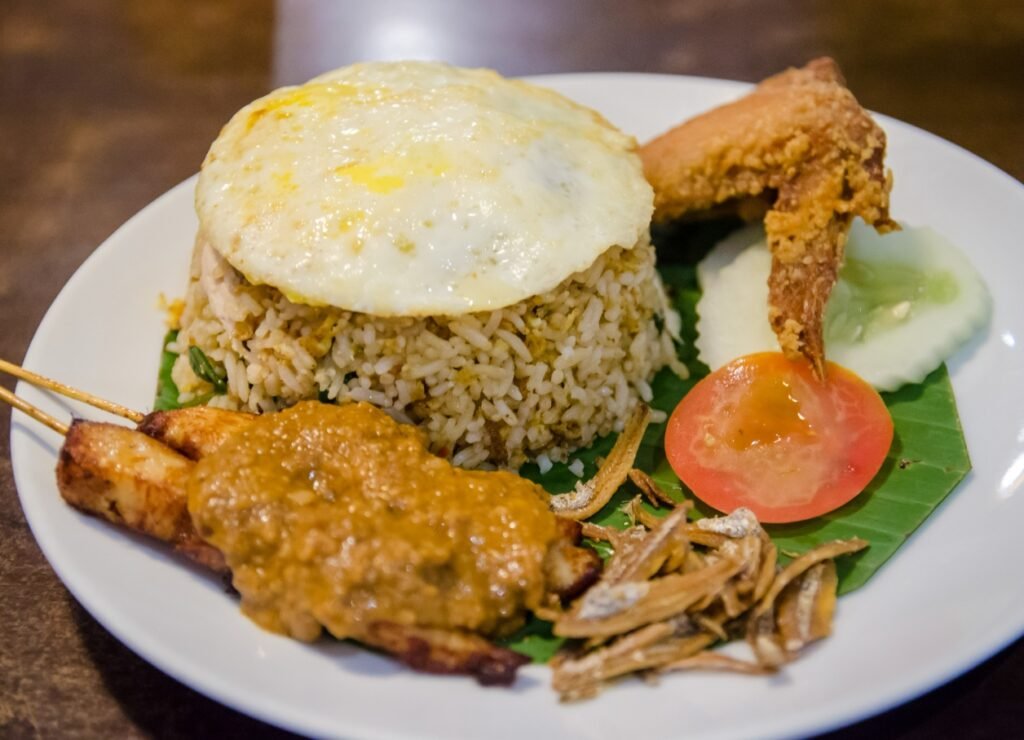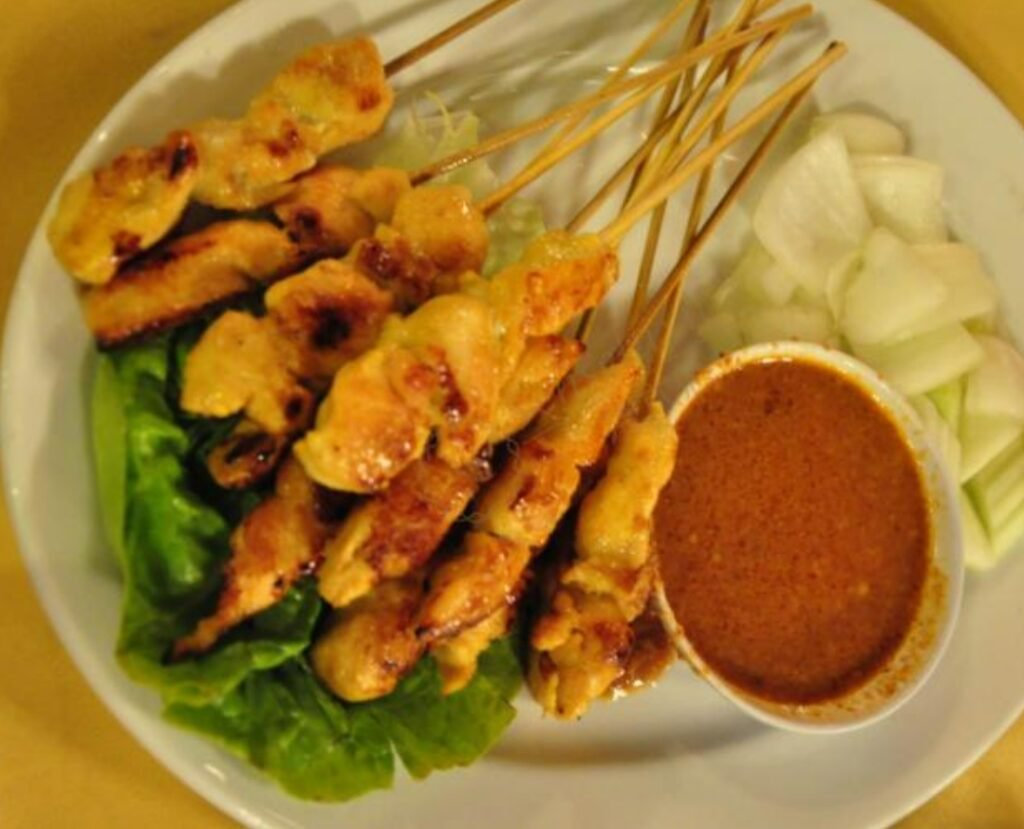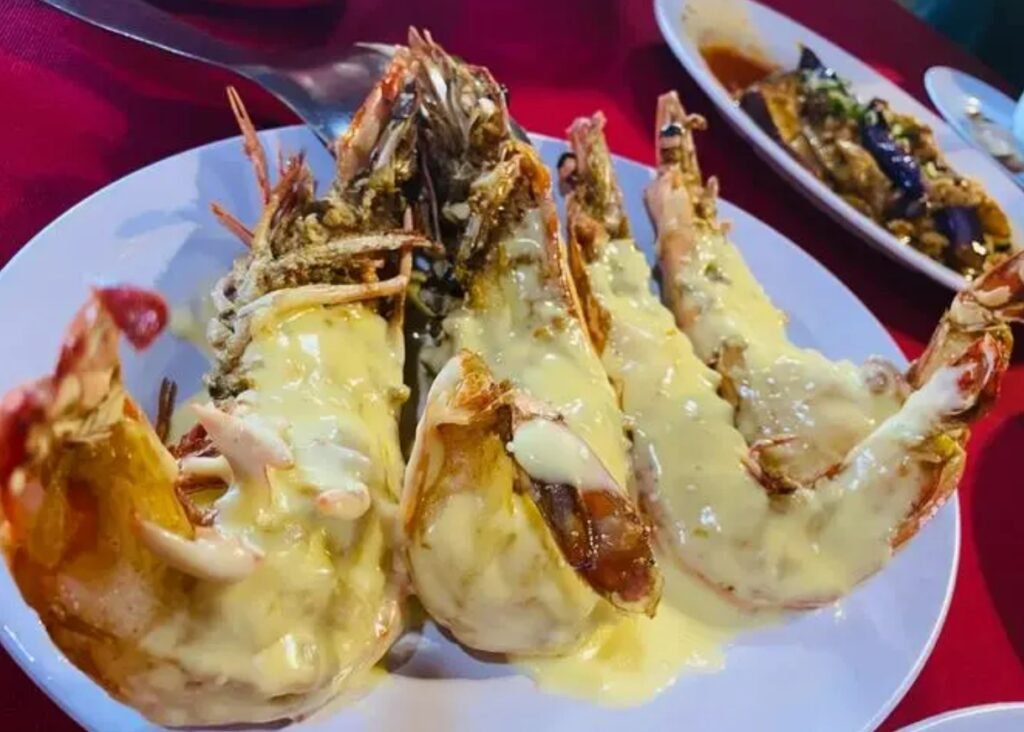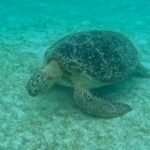Introduction to Langkawi:
Langkawi, also known as Pulau Langkawi, is the largest archipelago in Malaysia, comprising over 99 limestone islands. Located to the north of Penang, it’s close to Thailand and covers an area of 526 square kilometers, with its highest peak, Gunung Raya, rising 850 meters above sea level.
Langkawi sits off the northwest coast of the Malaysian Peninsula, about 30 kilometers from the port of Kuala Perlis and 51 kilometers from the port of Kedah. It is one of Southeast Asia’s most sought-after vacation spots, featuring crystal-clear emerald waters and long, gentle sandy beaches that create a paradise-like seaside retreat.
With 104 tropical islands, Langkawi boasts stunning natural landscapes as well as a rich history and cultural heritage. It’s a place steeped in myths and legends, where tales of strange creatures, giant eagles, and warrior princesses are passed down through generations. Classic Malaysian literature describes this island as the resting place of Vishnu’s steed and the divine bird, Garuda. Among the many legendary stories, the tale of Mahsuri stands out—falsely accused of infidelity, the princess cursed the island in her dying breath. To prove her innocence, her blood flowed white, turning Langkawi’s sands pale. Her tomb is located near Kuah.
The name “Langkawi” is derived from “Helang,” shortened to “Lang” and combined with “Kawi.” In ancient Malay, “Lang” means eagle, and “Kawi” refers to the reddish-brown color, so “Langkawi” translates to “the reddish-brown eagle.” At Kuah Jetty, you can see the iconic statue of a majestic eagle poised to take flight, symbolizing Langkawi.
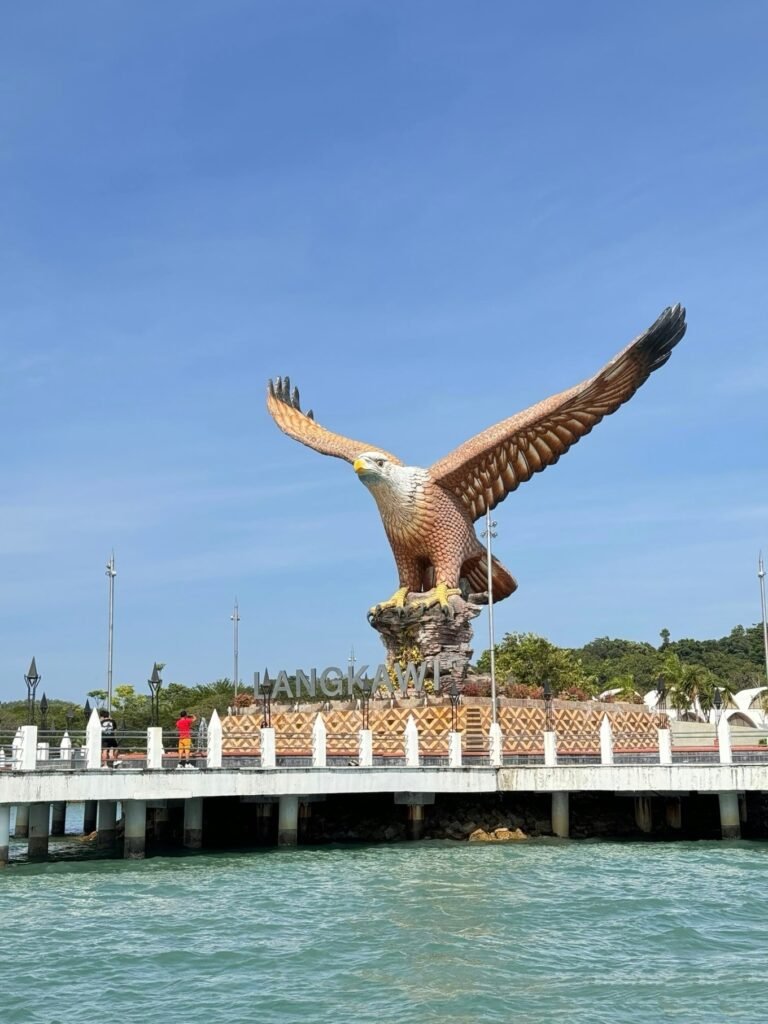
Best Time to Travel:
Langkawi has a hot and humid climate year-round, but the best time to visit is during the breezy period from October to April or May, when the weather is cooler.
- From November to February is peak season. The annual International Sailing Championship takes place at Pantai Cenang between December and January, so it’s wise to book flights and hotels in advance.
- You can buy sunscreen, swimwear, beach umbrellas, sunglasses, hats, and other beach gear locally at affordable prices with plenty of options.
Mangrove Boat Tour:
Langkawi is made up of numerous islands, so taking a speedboat to explore the surrounding islands is an essential part of any visit. You can charter a boat for a mangrove tour, which lasts between 1 to 4 hours, with prices ranging from 250 to 500 Malaysian Ringgit, accommodating about 8 people per boat.
The boat glides through the mangroves until it reaches the sea, passing by attractions like Bat Cave, fish farms, and Crocodile Cave, with surprises around every corner. The tour culminates in an eagle feeding session, a spectacular sight where many eagles soar overhead, diving down to snatch chicken from the water’s surface. These “brown eagles” are also the inspiration behind Langkawi’s name and are revered as guardians by the local community.
Water Activities:
When in Langkawi, you have to dive into the sea! It’s a place where romance is always in the air. You can take a boat out to explore coral reefs, try your hand at snorkeling, scuba diving, water skiing, paddleboarding, parasailing, and a variety of other water sports and leisure activities—there’s no shortage of fun!
The Payar Island Marine Park is a great spot for an intimate connection with the ocean, located 19 nautical miles from Langkawi. It includes Payar Island, Lembu Island, Sigan Island, and Kaca Island, surrounded by coral reefs. This marine park is home to a diverse array of marine life and plants, making it ideal for snorkeling, diving, and swimming. Among the stunning dive spots, the “Coral Garden” features vibrant, soft corals and a myriad of tropical fish swimming right by you. If you’re lucky, you might even get to play with some small sharks!
Covered in lush greenery, Payar Island boasts pristine white sands, turquoise waters, and blue skies, making it one of Malaysia’s most picturesque islands. If you’re still craving more, you can swim in the freshwater lake on “Pregnant Maiden Island,” or grab some friends for a thrilling ride on a banana boat!

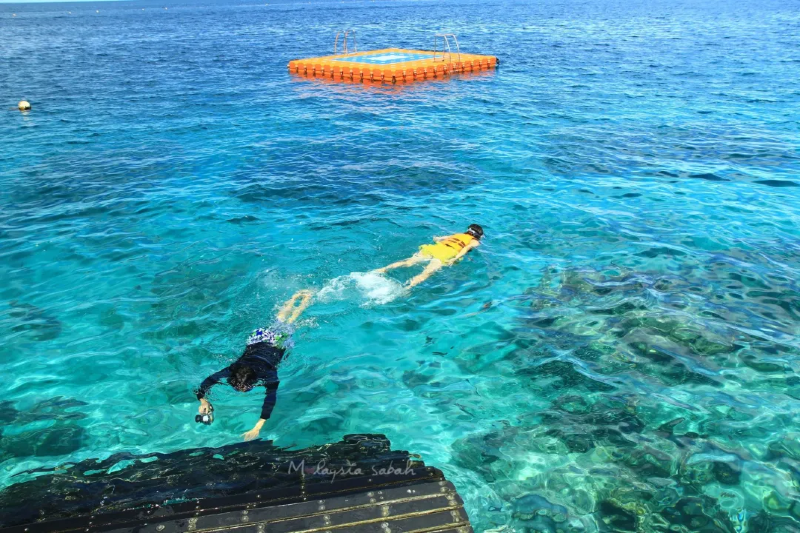
Sky Cab Ride:
In addition to the sea excursions, taking the Sky Cab to explore the island’s stunning views is another fantastic way to experience Langkawi. Designed by Austria, this state-of-the-art cable car, completed in 2000, ascends 600 meters straight up to the mountain peak.
From the summit, you can gaze down at the islands and yachts, which look like toys floating on the water, while the sea shimmers in varying shades of blue. If you’re lucky, you might even catch a rainbow arching over the mountain—it’s truly a breathtaking sight.
The cable car operates Monday to Thursday from 10:00 AM to 6:00 PM; on Wednesdays from 12:00 PM to 6:00 PM; and Friday to Sunday, plus school and public holidays from 9:30 AM to 7:00 PM. Admission is RM30 for adults and RM20 for children.
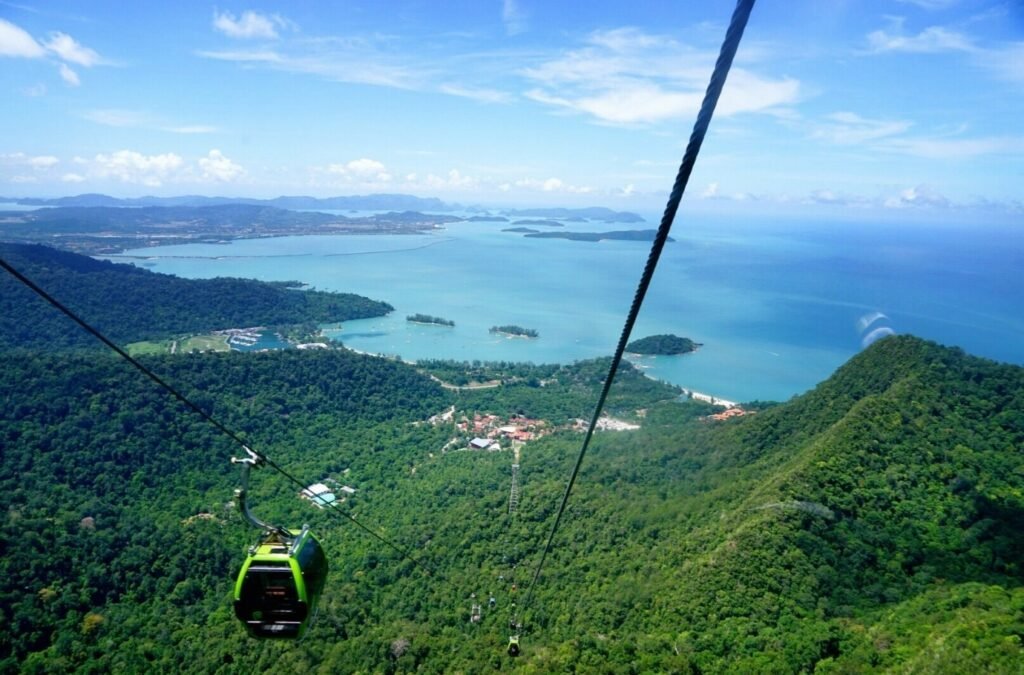
Cave Exploration:
After enjoying activities like diving and jet skiing, you can dive into the adventure of exploring the caves of Langkawi. Each cave features uniquely shaped stalactites, and water continuously drips inside, creating a mesmerizing atmosphere. Some caves even have shallow rivers running through them, while others are as spacious as conference halls.
The islands of Langkawi are natural geological wonders, resembling a paradise on Earth. These islands began forming during the early stages of Earth’s history, roughly 5 billion years ago. There are about 23 caves suitable for visitors, but it’s important to be cautious when exploring, as most caves have low lighting and slippery surfaces. Always go with an experienced guide to ensure a safe and enjoyable adventure.
Cave Exploration:
Each cave in Langkawi features distinct stalactite formations, with some housing shallow rivers and others as large as conference rooms. Local legends about spirits add an air of mystery to these caves.
One of the must-visit prehistoric caves is Gua Cerita, located on the coastline and accessible by a 30-minute boat ride. Its exterior is adorned with paintings believed to be created by the ancestors of Australian Aborigines. This cave is also mentioned in the famous Hikayat Merong Mahawangsa, with inscriptions of Arabic verses from the Bible dating back to 1754.
Gua Kelawar, or Bat Cave, is nestled deep within the mangrove swamps near Kilim River and can only be reached by boat. Once inside, you’ll see why it’s named Bat Cave, with thousands of bats creating a striking scene. If you don’t mind sharing the space, it’s incredibly beautiful.
Gua Langsiar, or Witch’s Cave, has a spooky reputation, rumored to be haunted by a female spirit. Located on Dayang Bunting Island, it’s best suited for those with climbing experience, as reaching it requires scaling a nearly vertical cliff covered in loose gravel and rocks. The unique terrain lacks stalactites and stalagmites, and the howling winds mixed with bat screeches evoke thoughts of vampires.
Seven Wells (Telaga Tujuh):
Located near Datai Beach, Seven Wells is a famous geological wonder on Langkawi Island, situated at the northwest corner. It features a waterfall divided into seven segments, each with its own pool. According to legend, many fairies used to bathe and play in these waters. Surrounded by lush green forests, the waterfall is a stunning sight that enhances the area’s natural beauty.
While enjoying the beach, take a moment to switch things up and experience the diverse mountain scenery.
Important Note: The rocks around the waterfall are relatively gentle and climbable, but they can be very slippery due to years of water erosion. There have been incidents of visitors slipping and falling into the water, so be sure to exercise caution while exploring.


Mausoleum of Mahsuri:
Located about 12 kilometers from Kuah, the Mausoleum of Mahsuri was built to honor Princess Mahsuri, who lived over 200 years ago. The tomb complex features elegant structures made of the island’s abundant white marble, including a pool, gravestones, and a mausoleum. There’s also a cultural village showcasing traditional Malay crafts, where you can find exhibitions of farming tools and rice-processing equipment, along with performances of traditional music.
On the way to the mausoleum, you’ll come across a monument depicting the story of her tragic fate, featuring a curved dagger.
Legend has it that the stunningly beautiful Mahsuri was a princess of Langkawi. When her husband went off to war, a young poet visited her home, and they became good friends. However, the jealous chief’s wife falsely accused Mahsuri of having an affair with the poet. As a result, Mahsuri was sentenced to death by the Malay kris (a traditional dagger). In her final moments, she bled pure white blood, proving her innocence and staining Langkawi’s sands white. Before she died, she cursed Langkawi, prophesying that it would decline for seven generations, with only inedible plants growing on the island. Shortly after, Langkawi faced a major invasion by the Siamese (Thai), leading to a long period of economic hardship.

Pregnant Maiden Island & Lake:
Pregnant Maiden Island is the largest island in the Langkawi archipelago, named for its mountain silhouette that resembles a pregnant woman lying down. The calm, emerald waters of the lake here are perfect for a refreshing swim, though the lake’s depth can be deceptive, so non-swimmers should be cautious. In addition to swimming, pedal boats are available for rent, allowing visitors to enjoy the surrounding greenery even if they can’t swim.
The lake, known as Pregnant Maiden Lake, is steeped in legend. It’s said that long ago, a local prince married a celestial fairy, but their first child tragically died at birth. Heartbroken, the fairy buried the child in the pristine waters and cast a spell, granting the lake magical healing properties for women suffering from infertility. Since then, the legend has spread among Langkawi residents that women who sincerely drink from or bathe in the lake will be blessed with pregnancy.
The island is also home to playful monkeys that aren’t afraid of humans, often approaching tourists for food, making it common to see visitors sharing snacks with the monkeys. Additionally, large monitor lizards can be spotted lounging around; while they may appear intimidating with their sharp teeth, they’re actually more curious than harmful, resembling oversized versions of their smaller relatives.

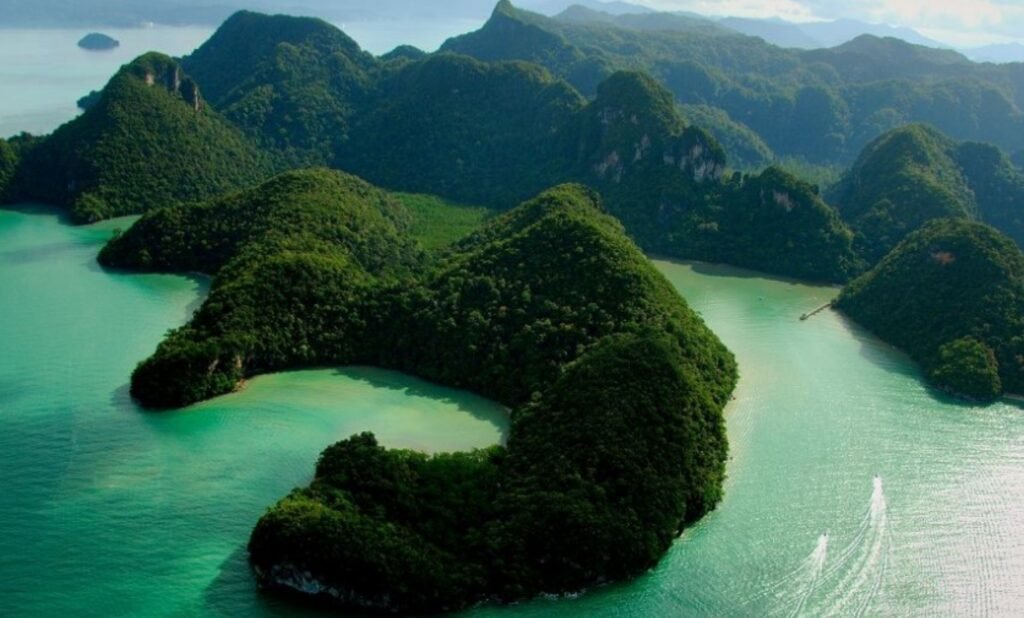
Tanjung Rhu Beach:
Tanjung Rhu Beach is located at the northern tip of Langkawi. Like all beaches in Langkawi, it boasts beautiful sands and crystal-clear waters, but what sets Tanjung Rhu apart is the dense pine trees lining the shore. During low tide, Tanjung Rhu connects with several nearby charming islands, allowing visitors to walk across the sea—a truly unique experience.
Close to Tanjung Rhu, there’s also a legendary cave with mysterious inscriptions etched into its walls, which remain undeciphered to this day, adding to the intrigue of this beautiful location.
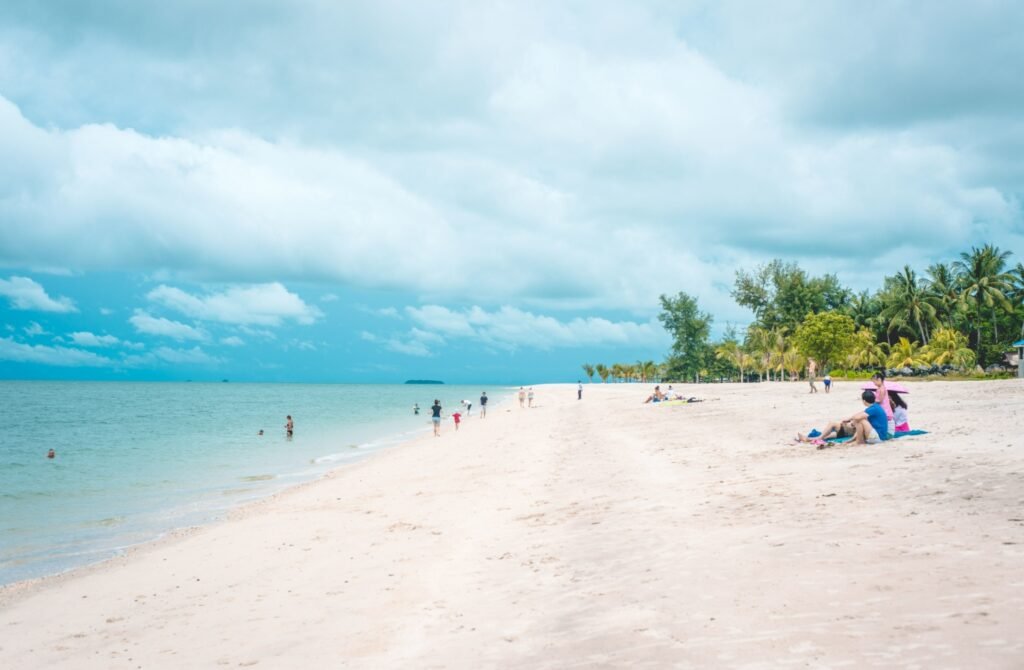
Langkawi Underwater World:
Langkawi Underwater World is a must-see attraction showcasing a wide variety of freshwater and saltwater fish and marine life. Located at Pantai Cenang, this aquarium houses over 5,000 marine creatures across more than 100 tanks of varying sizes.
The highlight is a massive tank filled with large fish, sharks, stingrays, groupers, and green turtles, complete with a 15-meter-long tunnel that allows visitors to walk through and observe the marine life up close. Other captivating exhibits include various types of marine plants, uniquely shaped fish, fossils, and shells, making it a fascinating experience for all ages.
Kuah:
Kuah, the main town on Langkawi, is located in the southeast of the island and serves as the departure point for ferries to nearby islands. The name “Kuah” means “sauce” in Malay, and its origin has an interesting legend: it’s said that two giants once fought, spilling curry sauce from a giant pot at the town’s location.
Originally a quaint town with just a few streets, Kuah has transformed into a vibrant hub filled with hotels, shopping centers, and commercial buildings, while still avoiding the congestion of modern cities. It’s also a duty-free shopping paradise, offering a wide range of products at very attractive prices. The diverse population contributes to a rich culinary scene, especially known for its seafood.
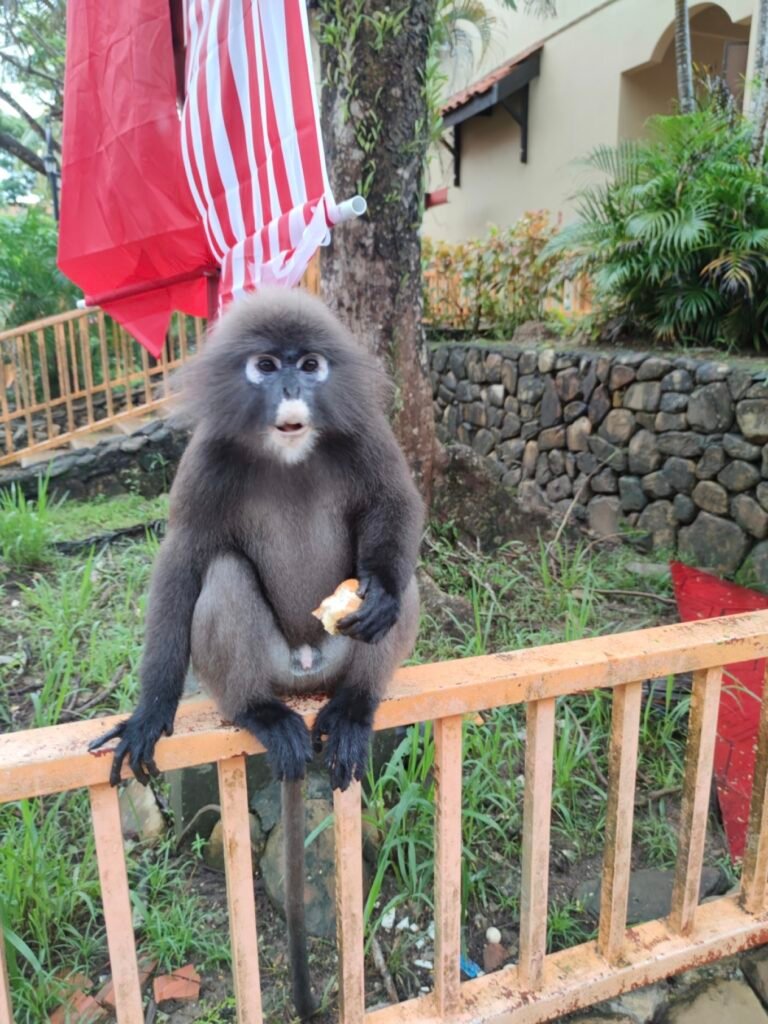
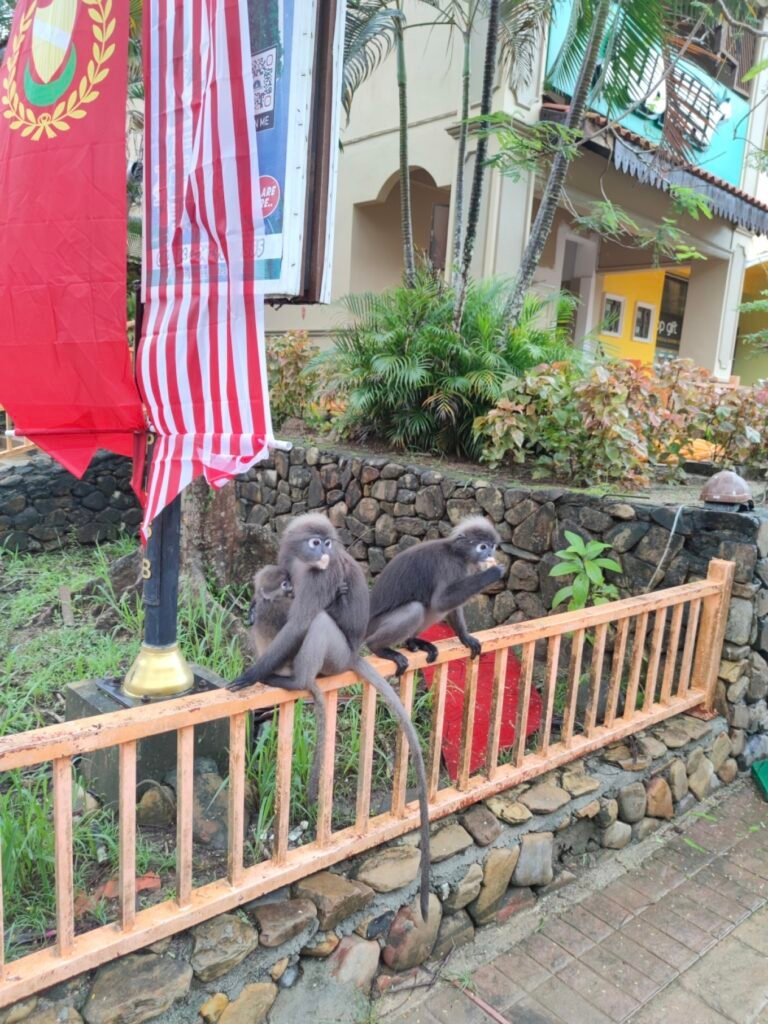
Accommodation Guide:
Langkawi’s accommodations are primarily concentrated in Kuah Town, Tanjung Rhu Beach, and Pantai Cenang, with Pantai Cenang having the most options. For a unique experience, consider staying in one of the rainforest hotels that resemble grand castles nestled within the trees, allowing you to appreciate the beauty of Langkawi during the rainy season.
It’s best to choose a hotel on Cenang Street, where accommodations line both sides and are very close to the beach. Note that Langkawi hotels typically do not provide disposable towels, toothbrushes, toothpaste, shampoo, conditioner, or slippers, so it’s advisable to bring your own. Tap water is not safe to drink, so bottled water is recommended.
Sheraton Perdana Resort is a luxurious 5-star resort built with a “nature” concept, located about 3 kilometers from Kuah Town. Its tranquil and leisurely atmosphere is its biggest draw, with a design focused on Eastern architecture and landscaped gardens. The resort features three swimming pools, enhancing its cool and comfortable vibe, and includes a sports and wellness center for guests to enjoy.
Food Guide:
Langkawi’s culinary scene is dominated by seafood and Malay cuisine, offering a range of options from roadside stalls to elegant fine dining restaurants to cater to all tastes.
Between Kuah Town and the jetty, as well as along the eastern coast, you’ll find numerous food stalls serving a variety of Malaysian, Indian, Chinese, and Thai snacks. These stalls operate from dusk until late at night, making them perfect spots to enjoy a meal while chatting with friends by the seaside. This vibrant atmosphere also adds to Langkawi’s nightlife experience. Whether you’re looking for a casual bite or a more upscale dining experience, there’s something for everyone.
